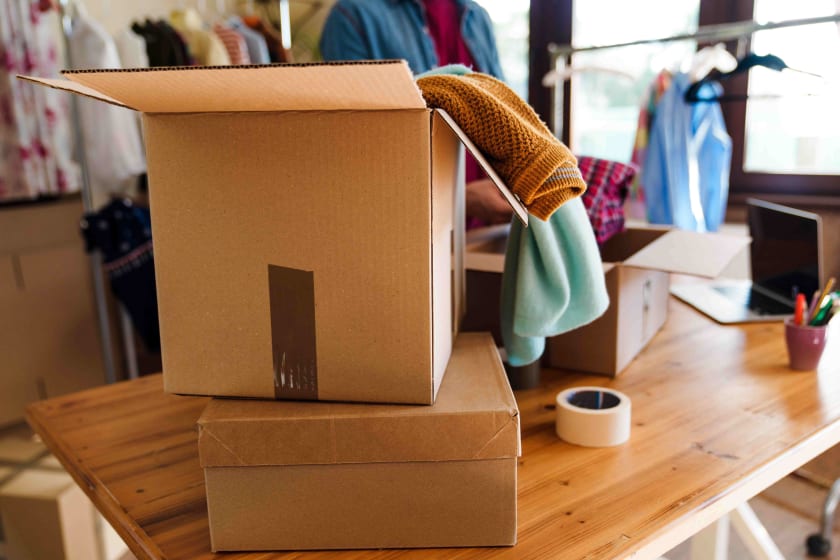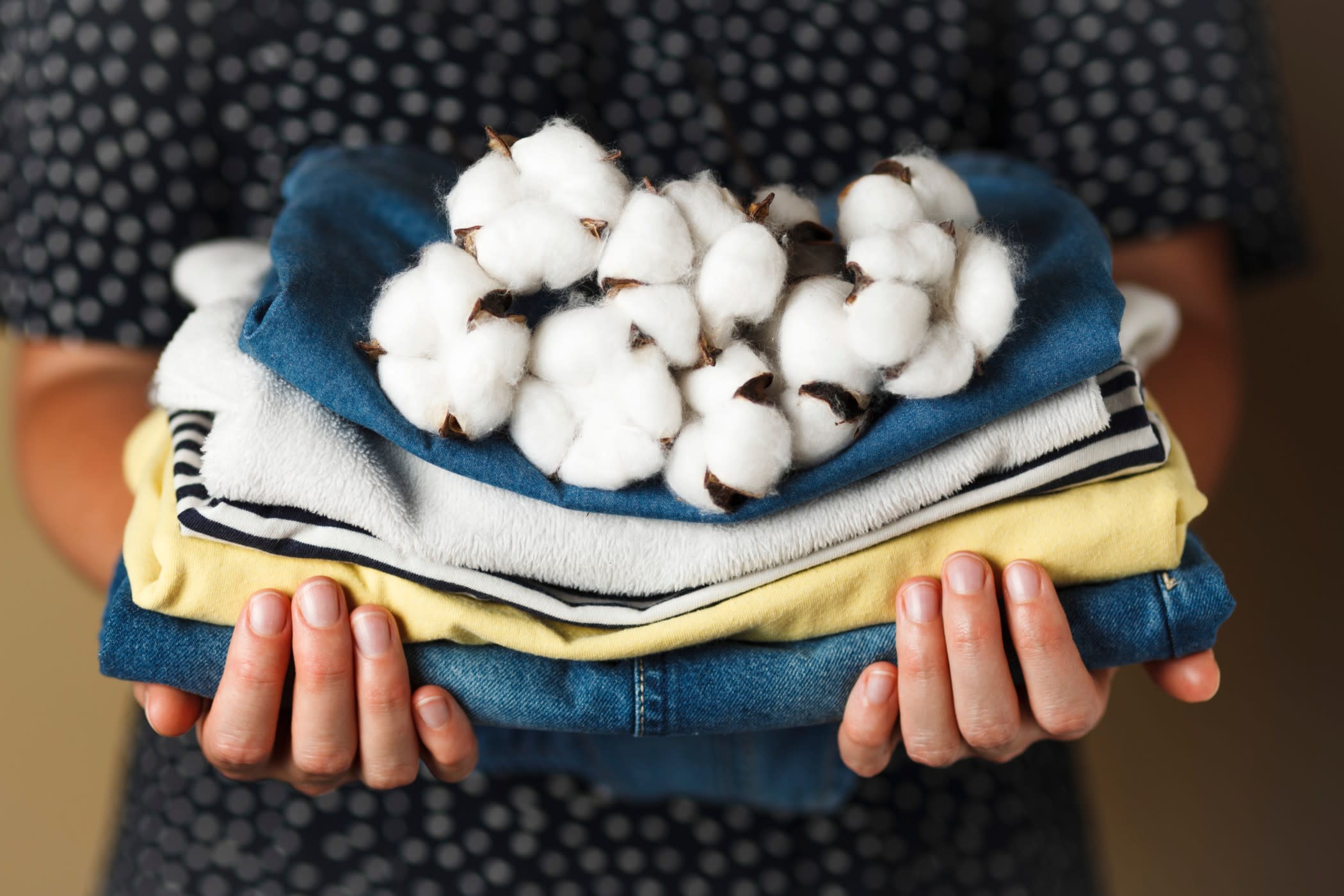Eco-friendly packaging meets product image



Summary: Sustainability is a key consumer sentimentality metric that requires the urgent attention of brands to ensure a greener future and boost sales through eco-friendly practices. Eco-friendly packaging is one instance through which brands can better product image and swing consumer preference. This article provides detailed insights into what drives brand capital through product image.
Sustainability is the new currency of success as far as brand and product images are concerned. Eco-friendly packaging is one crucial component in realizing a greener brand vision.
Products being manufactured with the bigger picture of a lighter footprint on the planet helps ensure customer preference and loyalty. Product perception plays an important role in crafting customer experience and brand success.
A consumer study report indicates that sustainability is a key purchase criterion for 60% of consumers globally. In the USA, that percentage stands at 61%. As the world stands at a crucial juncture of molding the future - either to save the planet or consume it - the fashion industry can choose the eco-friendly route to lessen the supply chain's burden on the environment.
Fashion and its supply chain is the third-largest polluting industry, responsible for up to 10% of global greenhouse emissions. Brands have been quick to pick up on consumer sentiments about a more secure future for their successor generation and even themselves, but there's still a lot of scope for improvement. Along with product improvement, changing how it's packaged can promote a brand's outlook.
Let's take a stroll through the lanes of eco-friendly packing.
A Plastic Farewell

The plastic association is a brand-image killer for its harmful and long-lasting environmental effects. Plastic packaging will negate a brand's green vision even if a product is sustainable. It's all in the details.
Single-use plastic production is on the rise in this era of fast fashion and is quick to reach landfills and water bodies with each passing day. Plastic packaging is one of the greatest contributors to plastic pollution for its short lifespan. Even recycling only reduces the momentum of plastic pollution.
The fact that the global eco-friendly packaging market is projected to reach $470.3 billion by 2027 speaks volumes about the importance consumers now attach to sustainability. A survey states that 73% of consumers are inclined to change their purchasing habits in support of greener ways, while 41% are willing to pay extra.
To put things into perspective, over 100 billion packages are shipped yearly across 13 major global markets; a figure expected to double by 2026. However, most of them are plastic-bound, which turns into waste within a year of production.
The greener, the better
Eco-friendly packaging options are now aplenty if one pays attention. With time their style and finish have evolved as well.
Brands can opt for poly and paper mailers, cardboard boxes, glassine, tissue paper, cloth, sustainable fabric, eco tape, paper/fabric labels, and more. Using organic dye while manufacturing eco-friendly packaging also goes a long way in avoiding water pollution.
Plantable packaging is another instance of ingenuity that allows brands to connect with their customers through a call-to-action initiative. It allows for a brilliant positioning of the brand and its product under a chic, sustainable and eco-friendly.
Compostible packaging also allows for a lesser environmental impact and makes for a lucrative eco-friendly packaging option by easing the load on landfills.
Customer preference screams green

Customers are constantly evolving in terms of what they seek from the brands they abide by. Research shows that 67% of buyers prefer recyclable packaging, while 54% of consumers aged 44 and under consider the packaging while purchasing a product. 83% of the people in the above-mentioned age group are also inclined to pay more for eco-friendly packaging.
The value chain of a company scores higher than supply chain logistics. Paying attention to sustainability builds on the image capital of products. According to an international study by Unilever, 33% of the 20,000 surveyed customers chose brands they believe are doing something "environmentally good."
Navigating the Eco-friendly terrain
Trodding down the eco-friendly packaging path has multifold benefits. On the one hand, it allows brands to grow a conscience regarding their environmental footprint, and on the other, it helps brands recognize sustainable and durable packaging options to cut costs in the long run. Recycling, reusing, and upcycling, in this context, can significantly lower expenditure on packaging. What's more, your brand image's eco-friendly stance will sharpen over a period of time in favor of a green future.
Key Takeaways:
i) Plantable eco-friendly packaging helps instill a sense of responsibility among customers through product purchase
ii) Environmental consciousness is key to building brand capital and product image.
iii) The global eco-friendly packaging market is projected to reach $470.3 billion by 2027.



















